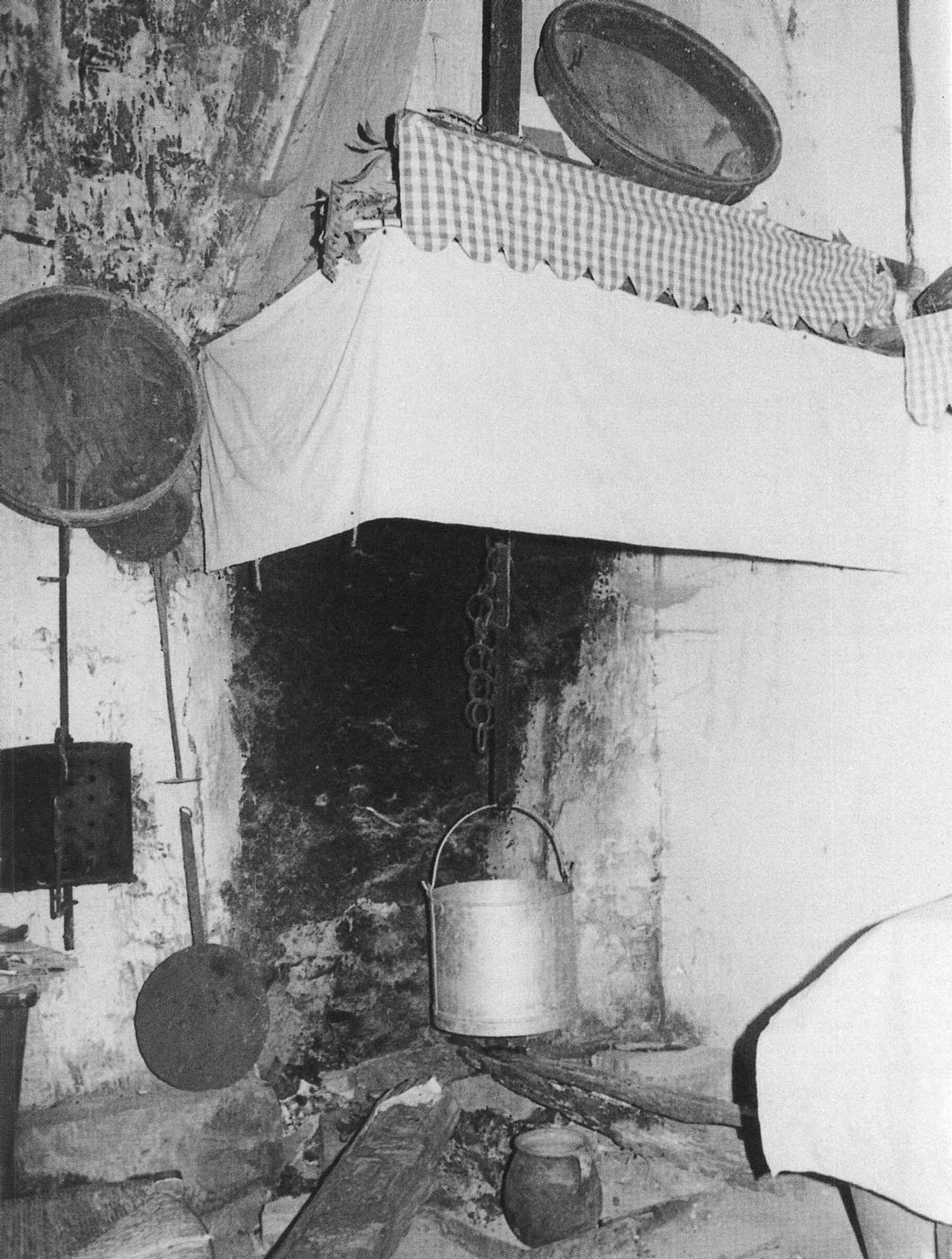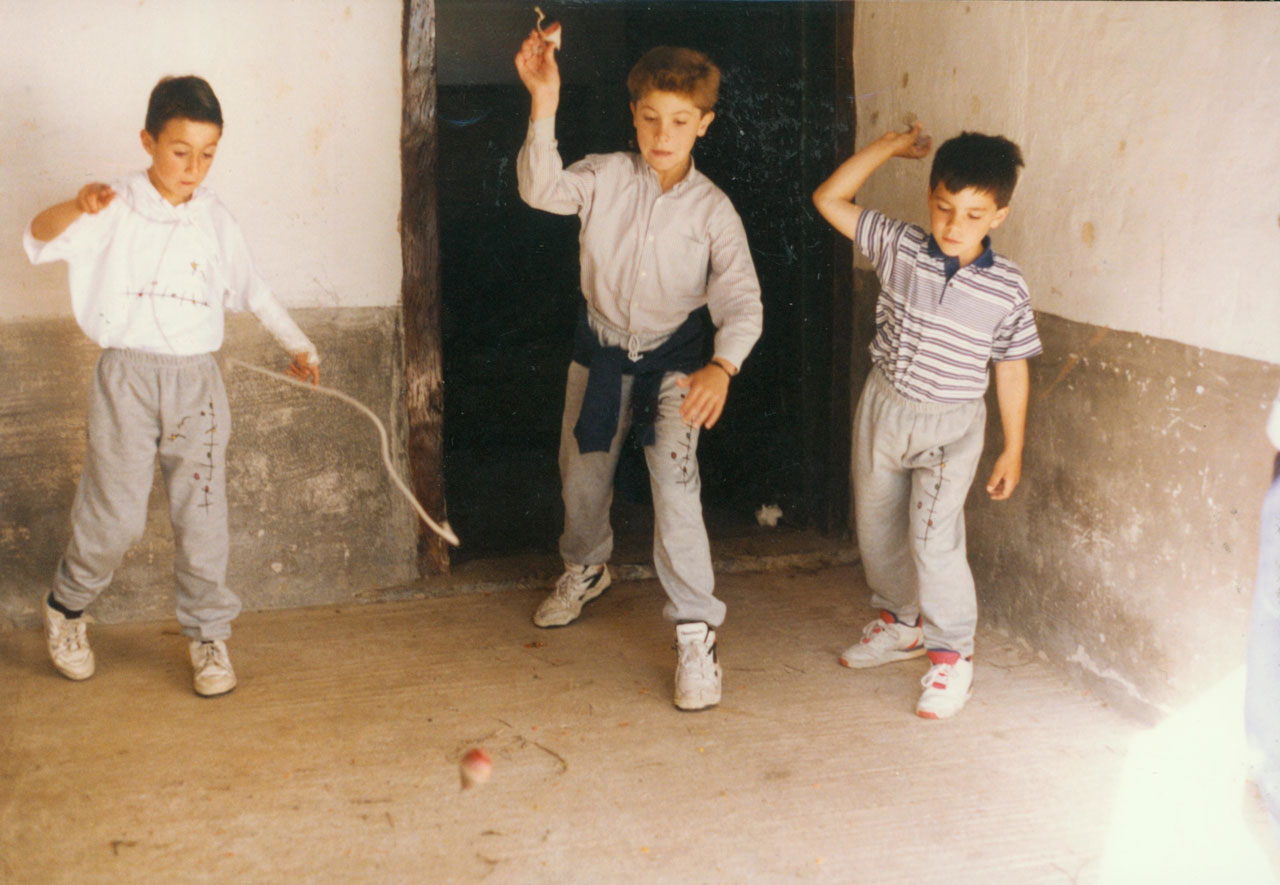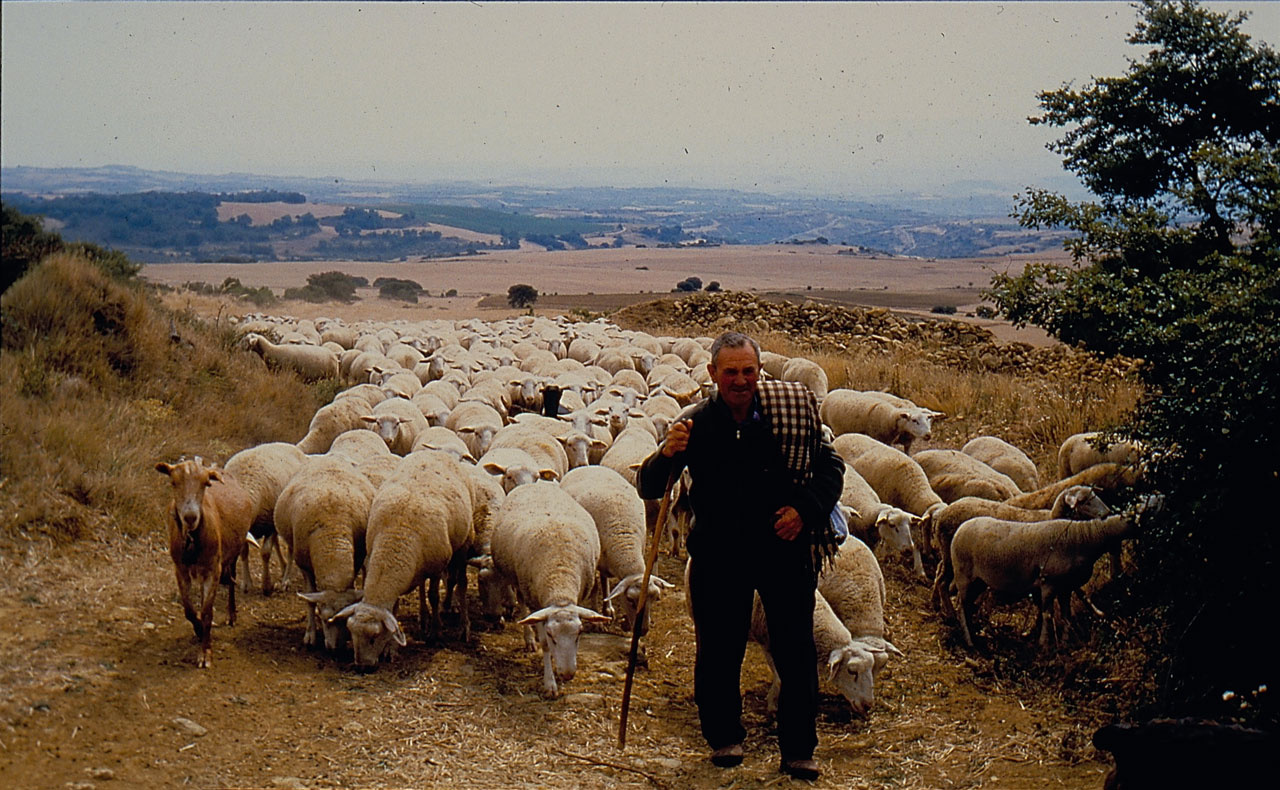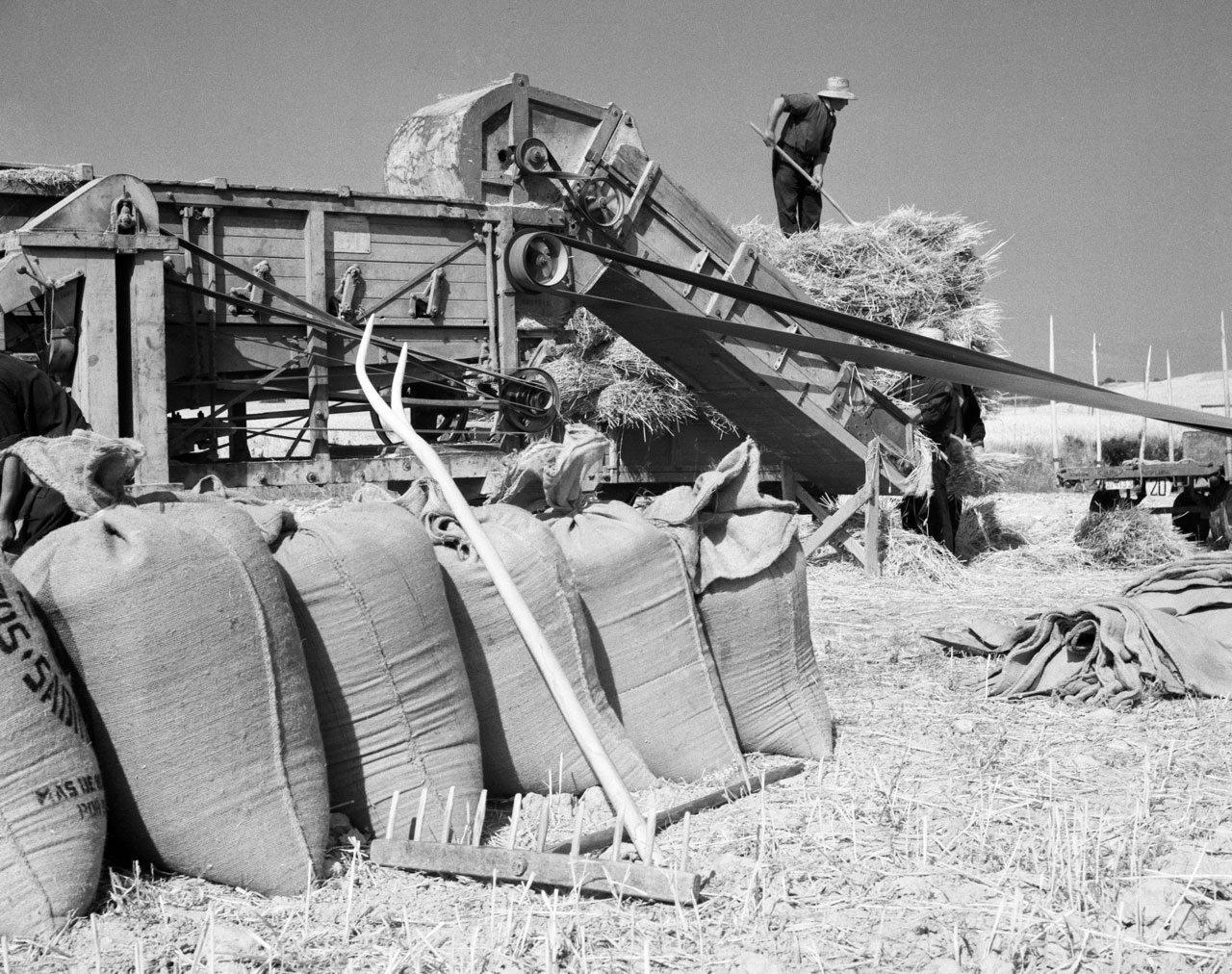Main Page/en
De Atlas Etnográfico de Vasconia
Revisión del 12:40 27 ene 2020 de Admin (discusión | contribuciones)
Hearth, wood-burning stove and butane cooker. Neighbourhood of Aiuria (Muxika-B), 2011. Source: Segundo Oar-Arteta, Etniker Euskalerria Groups.
House and Family in the Basque Country


House and Family in the Basque Country
Etxe onak, txingar ona. A good fire in a good home.
Family Diet in the Basque Country


Family Diet in the Basque Country
Sueteko laratzak jakiten dau etxeko barri. People show their true colours at home.
Children’s Games in the Basque Country


Children’s Games in the Basque Country
Changes in the adult world are also necessarily reflected in the children’s world. It should not be forgotten that those changes also affect the world of beliefs, convictions and rites underlying many traditional games; many of which would be stripped of meaning, some would fall into disuse, others would persist and would adapt to the new circumstances.
Traditional Medicine in the Basque Country


Traditional Medicine in the Basque Country
Kirkila bat eta kirkila bi, kirkilak dira hamabi: hamabitik hamaikara, hamaikatik hamarrera, hamarretik bederatzira, bederatzitik zortzira, zortzitik zazpira, zazpitik seira, seitik bostera, bostetik laura, lautik hirura, hirutik bira, bitik batera, batetik bapezera. Formula for scrofula treatment
Rites from Birth to Marriage in the Basque Country


Rites from Birth to Marriage in the Basque Country
As was the case of all important events, the wedding banquet, eztei-bazkaria, was celebrated at home.
Ritos funerarios en Vasconia


Ritos funerarios en Vasconia
Cada casa tenía asignada en la nave del templo un lugar de enterramiento, una sepultura. Cuando los enterramientos pasaron a hacerse en cementerios, esta sepultura pasó a ser simbólica, convirtiéndose en un altar funerario donde se ejercía el culto a los difuntos de la familia.
Pastor de Lanciego subiendo a Toloño (A), 1996. Fuente: José Ángel Chasco, Grupos Etniker Euskalerria.
Ganaderia y pastoreo en Vasconia


Ganaderia y pastoreo en Vasconia
La vertiente mediterránea de Vasconia se ha caracterizado por la importancia de sus comunales, que aún se mantienen en gran medida; su explotación sigue siendo de carácter comunitario mediante uniones y hermandades que comprenden varias localidades.
Agricultura en Vasconia


Agricultura en Vasconia
Maiatz luzea, gosea; garagarrilak ekarriko du asea. Mayo hortelano, mucha paja y poco grano.
,-2011.jpg)







